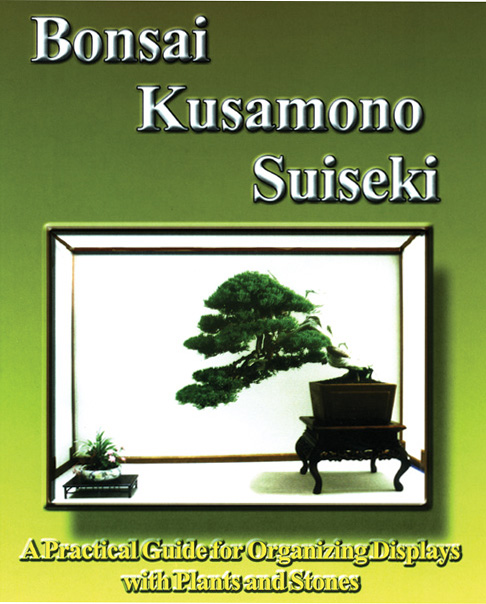
A true gem. There is no other book in English that is anything like Bonsai, Kusamono, Suiseki, by Willi Benz.
In his forword to Bonsai, Kusamono, Suiseki, Mr. I Chi Su* says: “My respected friend Mr. Benz has dedicated himself entirely to the art of Bonsai and Suiseki for years… With his experience, knowledge and artistic talent in both Bonsai and Suiseki, applied with the Western analytical method to explain Eastern philosophy and culture, he has created a refreshing way of design… These concepts have elevated the art of Suiseki to even a higher level”

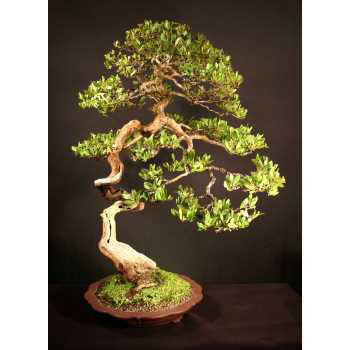
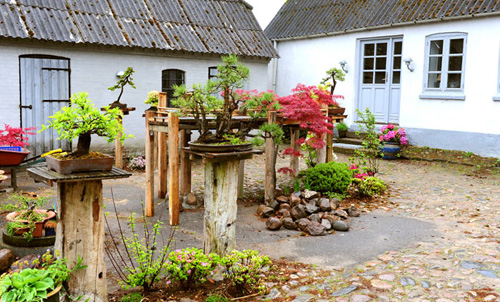
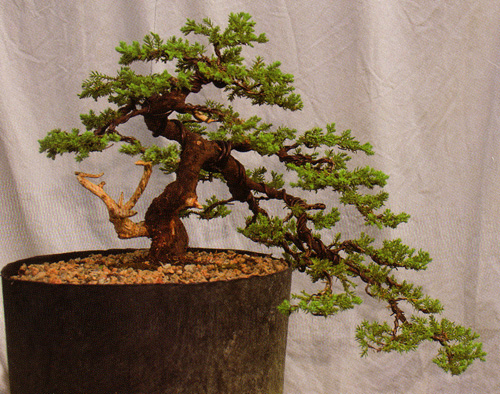
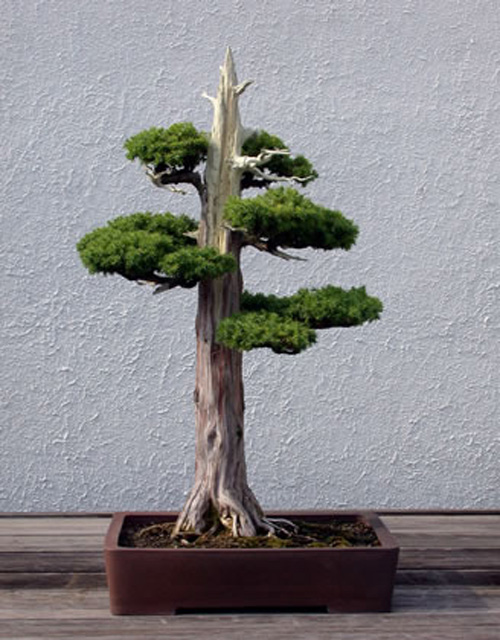
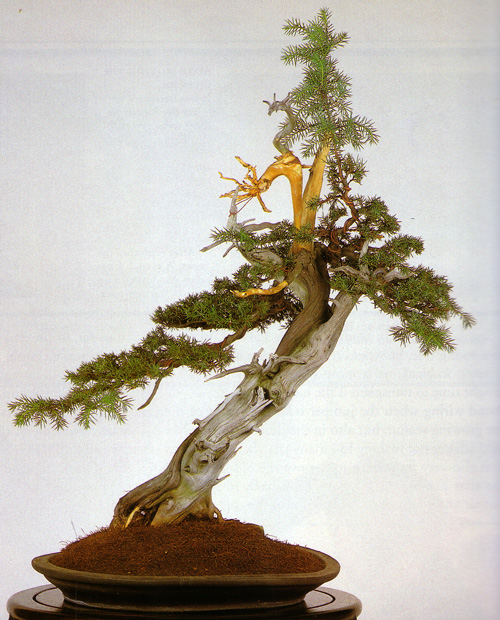
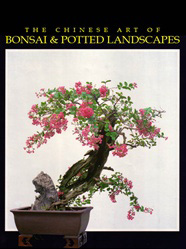
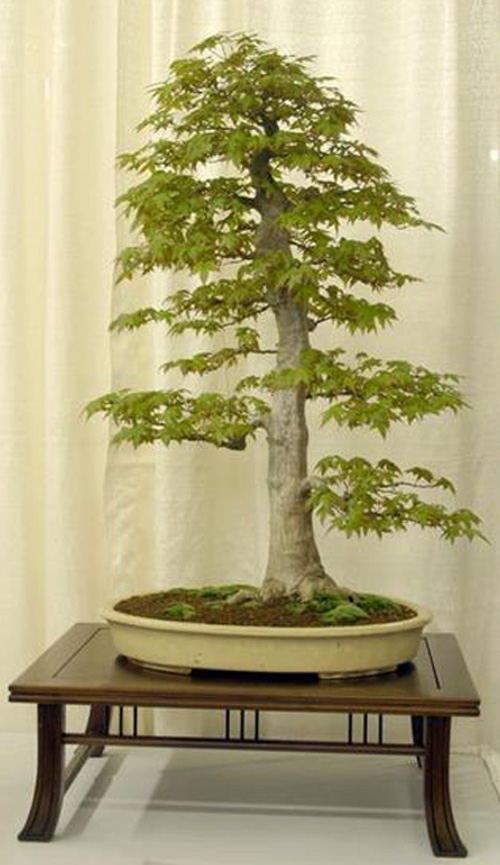
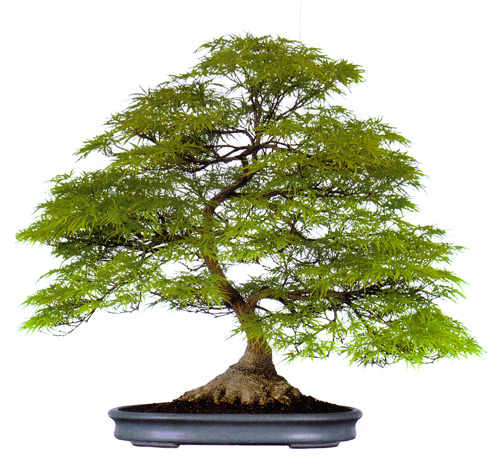 This well fed, healthy Lace leaf Japanese maple (Acer palmatum dissectum) is from our
This well fed, healthy Lace leaf Japanese maple (Acer palmatum dissectum) is from our